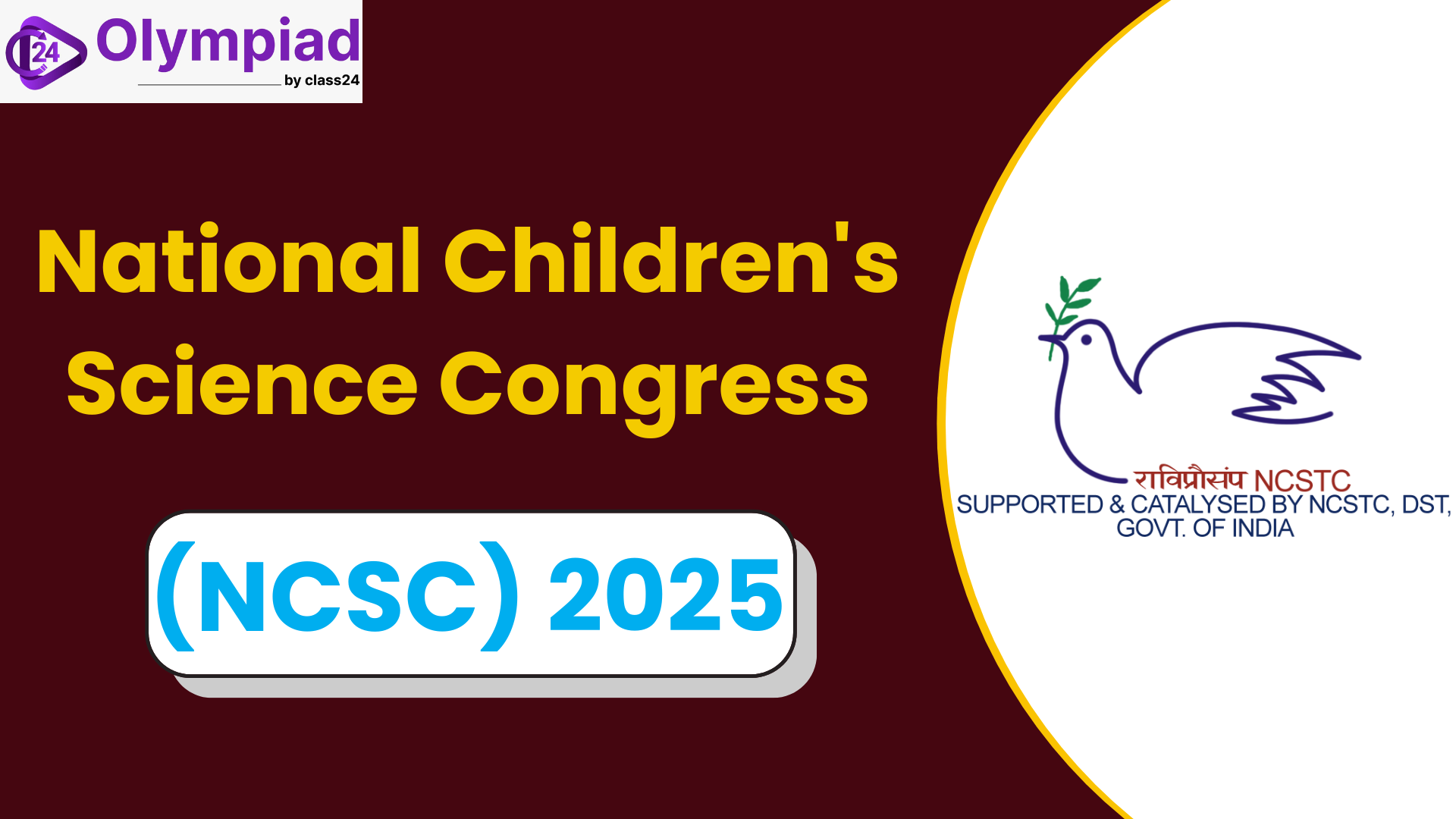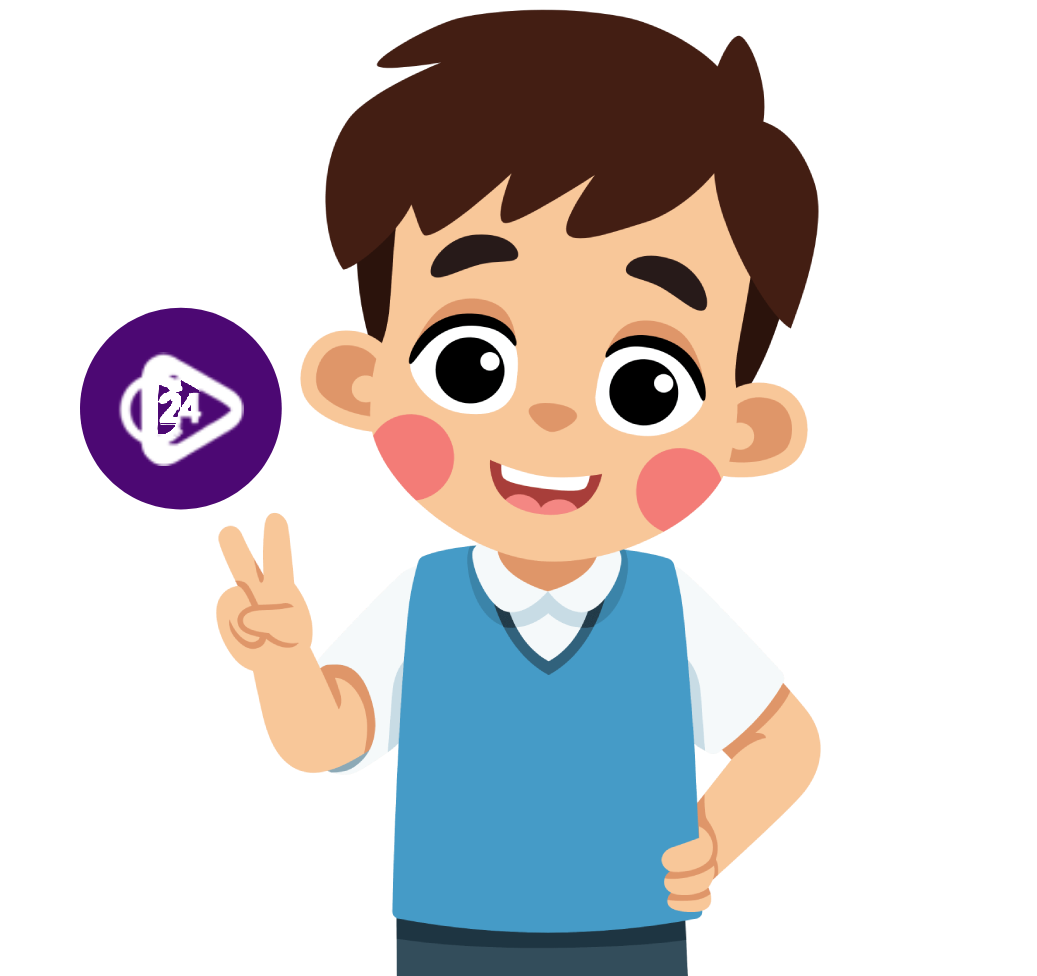
This year’s NCSC, the 31st edition, took place at Ravindra Bhavan in Bhopal, Madhya Pradesh, with a focus on understanding how ecosystems support our health and well-being. To make the theme easier to study, it was divided into five sub-themes. Finding ways to understand and support ecosystems, promoting health and good nutrition, using earth-friendly methods for self-sufficiency, inventing useful technology, and encouraging social and cultural habits. Youth Science Congress brought together over 700 participants, who came from India as well as countries like Bahrain, the United Arab Emirates, Kuwait, Oman, and Saudi Arabia. The lab teams presented Sci-Fair innovations that dealt with ecological and health concerns, highlighting how devoted they are to doing good in their society.
The National Children’s Science Congress (NCSC) is an event that takes place every year, started in 1993 by the National Council for Science and Technology Communication (NCSTC) in collaboration with the Department of Science and Technology (DST) of the Government of India. Students aged 10 to 17, whether attending school or not, are allowed to learn Science Olympiad questions, research, and innovate. The program pushes students to spot challenges in their area and focus on finding scientific solutions for a core theme and its associated sub-themes that are selected annually. In this program, the process takes place in districts, moves to the state stage, and ends at the national level to encourage learning by doing, teamwork, and focusing on the community.
| Aspect | Details |
|---|---|
| Organizing Body | National Council for Science and Technology Communication (NCSTC), DST |
| Target Age Group | 10 to 17 years |
| Eligibility | Open to school and out-of-school children |
| Participation Format | Small groups (2–5 students) with teacher/mentor support |
| Project Theme | Annual focal theme with relevant sub-themes |
| Competition Levels | District → State → National |
| Learning Focus | Hands-on scientific inquiry and local problem-solving |
| Evaluation Criteria | Innovation, relevance, scientific method, clarity of presentation |
| Additional Benefits | Interaction with scientists, national exposure, and public exhibition |
The National Children’s Science Congress gives children interested in science an opportunity to address real-world problems. Based on the latest news and official publications, this type of voting involves the following groups of citizens:
The National Children’s Science Congress is structured in a way where kids between the ages of 10 and 17 can participate by choosing projects based on the focal and sub-themes of each year. Group work helps them identify nearby issues, carry out scientific research, and present what they have observed and discovered. After being reviewed in districts, a number of the best projects move on to the state stage, and the top ones are chosen for the national Congress. Students are led by teachers and experts step by step, and at the end, they participate in a national event with talks, exhibits, and scientific discussions.
| Step | Description |
|---|---|
| Theme Announcement | The annual focal theme and sub-themes have been announced to set research focus areas. |
| Project Formation | Groups of 2–5 children select and develop projects with mentor support. |
| District Level | Projects submitted and evaluated at district-level competitions. |
| State Level | Selected district winners compete at the state level. |
| National Level | Top state-level projects advance to the national event. |
| Mentoring | Teachers and experts guide students through research and presentation. |
| Final Congress | National-level presentations, exhibitions, and expert interactions. |
Participating in NCSC provides children with both educational and developmental benefits. With hands-on methods for science, students are given opportunities to explore issues and ideas in the world and build important critical thinking skills. By participating in science projects, children get to practice teamwork, improve their communication abilities, and become more creative. Working with Congress staff allows students to meet and learn from many scientists and inspires them to keep advancing science and innovation. Furthermore, NCSC supports students by encouraging them to be socially responsible, caring for the environment, and growing as individuals in areas other than academics.
The NCSC helps children and teenagers between the ages of 10 and 17 develop a better interest in science and innovative thinking. It allows children to understand science by looking at challenges they see in their communities. Participation in yearly project activities helps individuals recognize environmental, health, and social problems, which encourages them to think sustainably and be helpful to others. It helps bridge the distance between school studies and real-life work, suggests careers in science and technology to young people, and strengthens science research in the country and overseas. Involving all students from school and outside the school system encourages the growth of science education among many groups of young people.
| Reason | Explanation |
|---|---|
| Promotes Scientific Temper | Encourages curiosity, inquiry, and analytical thinking among children. |
| Connects Science with Society | Helps students apply scientific methods to local and global community issues. |
| Encourages Innovation | Fosters creativity through hands-on projects and problem-solving. |
| Builds Social Responsibility | Raises awareness of environmental and health challenges, promoting sustainable living. |
| Bridges Theory and Practice | Integrates classroom learning with practical, real-world applications. |
| Inclusive and Accessible | Welcomes children from diverse backgrounds, including out-of-school youth. |
| Supports STEM Careers | Inspires children to consider futures in science, technology, engineering, and mathematics. |
The National Children’s Science Congress (NCSC) helps motivate young people to learn about science by taking part in practical activities and community-based projects. By involving kids aged 10 to 17 in learning to solve community problems, NCSC helps build their scientific curiosity and promotes creativity and a duty to others. This program helps develop both future scientists and responsible people for a society that values science and sustainability.
The National Children’s Science Congress, also known as NCSC, began in 1993 with the support of the National Council for Science and Technology Communication (NCSTC) under the Department of Science and Technology, Government of India. It allows children between the ages of 10 and 17, both from schools and those not in school, to take part in learning science and solving issues locally. NCSC aims to help young minds become more creative and innovative by guiding them to work on community problems through science. Participants participate in activities related to the main theme and sub-themes for that year, addressing topics that matter to their local area.




Leave a Comment